Rice, a staple food for more than half of the world's population, holds a place of paramount importance in the culinary traditions of Asian countries. Its widespread consumption and cultural significance span thousands of years, making it an integral part of daily life, cuisine, and even cultural practices. This essay explores the popularity of rice in Asian countries, its various uses, and its profound impact on societies.
The Popularity of Rice in Asian Countries
Historical Significance
Rice cultivation in Asia dates back to ancient times, with archaeological evidence suggesting its domestication around 8,000 to 13,500 years ago in regions of China and India. Over millennia, rice farming techniques have evolved, leading to the development of diverse varieties adapted to different climates and terrains. This historical depth has ingrained rice into the cultural fabric of Asian societies.

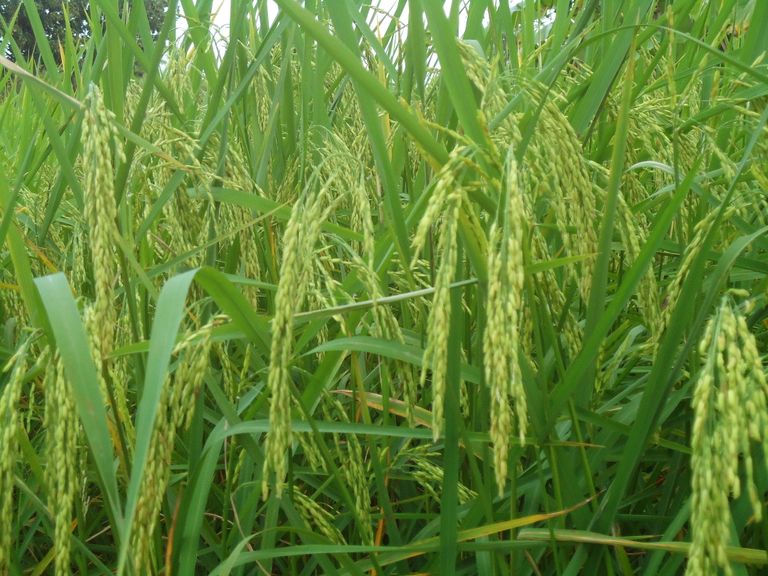
Dietary Staple
In many Asian countries, rice is the primary source of calories and nutrition. It is consumed in various forms at nearly every meal, making it a dietary staple. Countries such as China, India, Indonesia, Japan, Thailand, and Vietnam have rice as a fundamental component of their cuisine, underscoring its significance in daily sustenance.
Cultural Importance
Rice is deeply embedded in the cultural and social practices of Asian countries. It is often associated with rituals, festivals, and ceremonies. For instance, in Japan, rice is used in Shinto rituals, and the first rice harvest is celebrated as a sacred event. In India, rice is central to numerous religious ceremonies and is considered a symbol of prosperity and fertility.

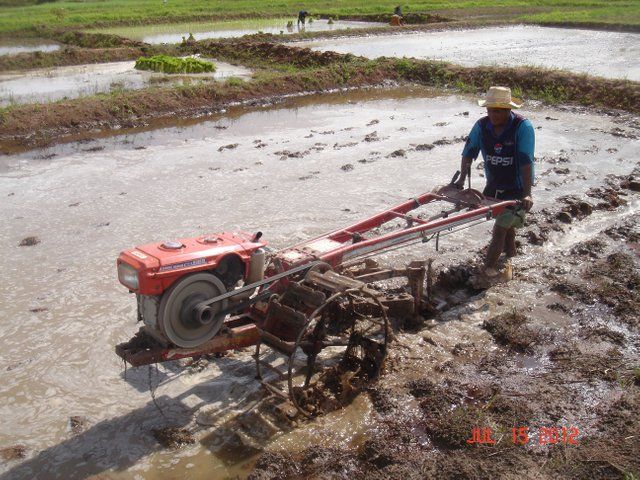
Uses of Rice in Asian Cuisine
Varieties and Preparation Methods
Different varieties of rice are cultivated and consumed across Asia, each with unique characteristics and culinary uses. Some of the most popular varieties include:
*Jasmine Rice: Known for its fragrant aroma, commonly used in Thai cuisine.
*Basmati Rice: Long-grained and aromatic, a staple in Indian and Pakistani dishes.
*Sticky Rice: Also known as glutinous rice, essential in many Southeast Asian dishes.
*Sushi Rice: Short-grained and sticky, ideal for making sushi in Japanese cuisine.
Rice in Daily Meals
Rice forms the backbone of many traditional meals:
*China: Rice is often served steamed and accompanies a variety of dishes, from stir-fries to braised meats.
*India: Rice is a key ingredient in dishes such as biryani, pulao, and various regional specialties. It is also used to make flatbreads like rice roti.
*Japan: Apart from plain steamed rice, it is also used in sushi, onigiri (rice balls), and as a base for donburi (rice bowls).
*Thailand and Vietnam: Rice is integral to dishes like Thai fried rice, Vietnamese com tam (broken rice), and countless other regional recipes.
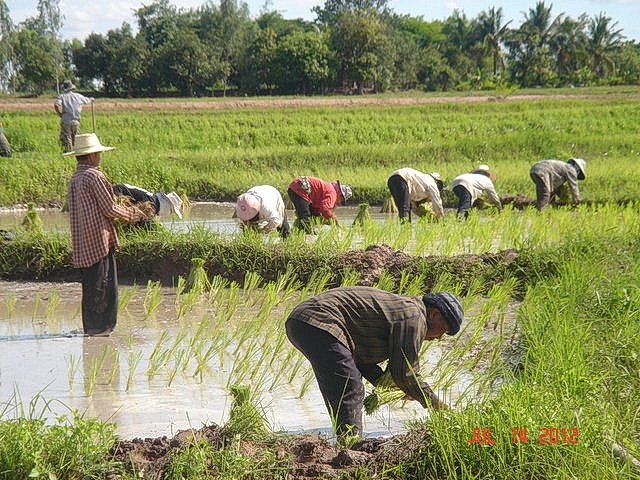

Rice-Based Products
Rice is versatile and can be transformed into numerous products:
*Rice Noodles: Widely used in Southeast Asian cuisines, found in dishes like pho (Vietnam) and pad Thai (Thailand).
*Rice Paper: Used to make fresh spring rolls in Vietnamese cuisine.
*Rice Cakes: A variety of rice cakes, such as mochi in Japan and tteok in Korea, are popular snacks and ceremonial foods.
*Rice Flour: Used in baking and to make desserts like Indian idlis and South Korean hotteok.
Fermented Products
Rice fermentation produces several important products:
*Sake: A traditional Japanese rice wine.
*Rice Vinegar: Used extensively in East Asian cooking.
*Rice Wine: Various types, such as Chinese Shaoxing wine and Korean makgeolli, are used in both cooking and as beverages.
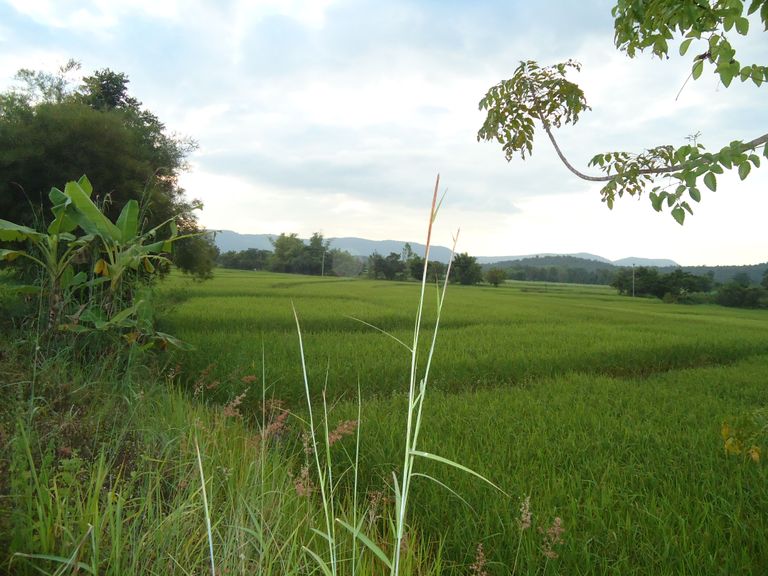
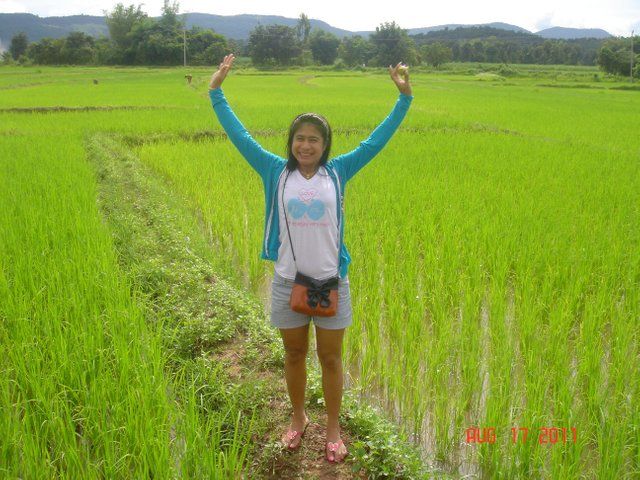
Desserts and Sweets
Rice is also a key ingredient in many traditional desserts:
*India: Kheer (rice pudding) is a popular dessert made with milk, sugar, and rice.
*Thailand: Mango sticky rice is a beloved sweet treat.
*China: Sweet rice dumplings (tangyuan) are enjoyed during festivals.
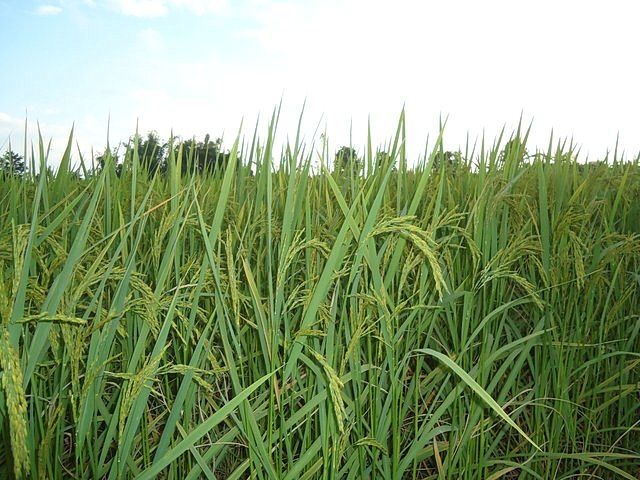
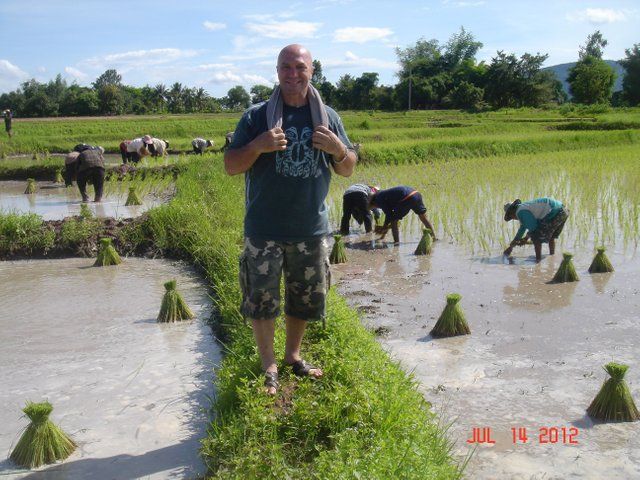
The Economic and Social Impact of Rice
Agricultural Backbone
Rice farming is a major agricultural activity and a source of livelihood for millions of farmers across Asia. It supports rural economies and contributes significantly to the GDP of many countries. Innovations in rice cultivation, such as the development of high-yield varieties and sustainable farming practices, are crucial for food security.
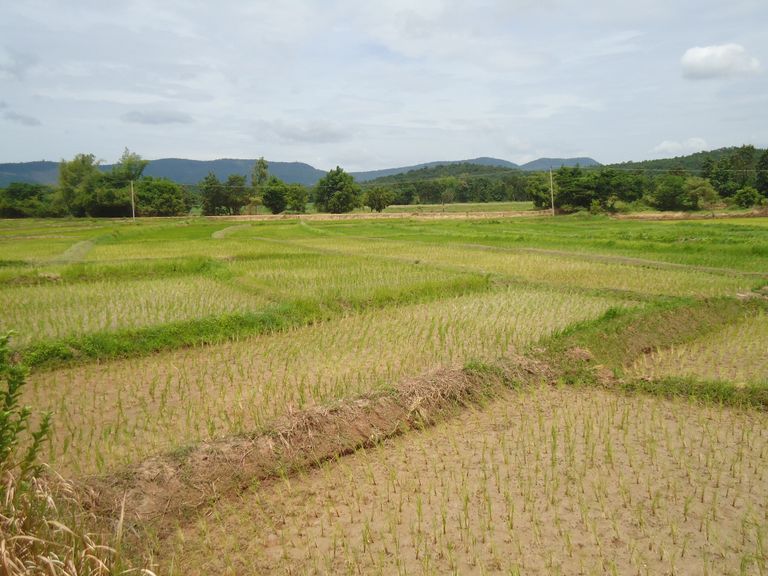
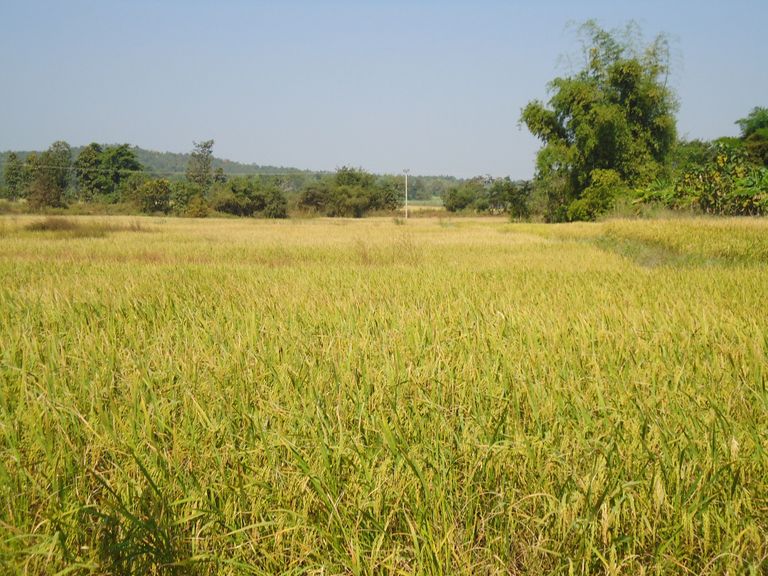
Social Cohesion
Rice acts as a unifying element in many Asian cultures, bringing people together for communal meals, celebrations, and rituals. Its cultivation and consumption reflect a deep-seated connection to the land and cultural heritage.

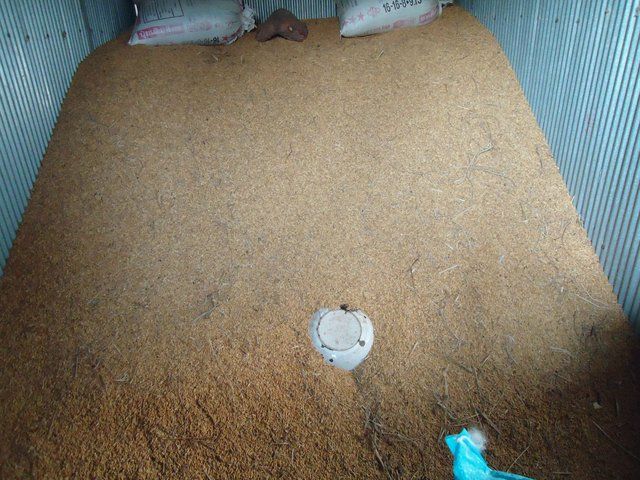
Conclusion
The popularity of rice in Asian countries is a testament to its versatility, nutritional value, and cultural significance. As a dietary staple, it provides essential sustenance and forms the foundation of countless culinary traditions. Rice's various uses, from daily meals to festive dishes and fermented products, highlight its integral role in Asian cuisine. Beyond its culinary applications, rice has profound economic and social impacts, sustaining rural livelihoods and fostering cultural cohesion. The enduring importance of rice underscores its status as one of the world's most vital crops, central to the life and heritage of many Asian societies.
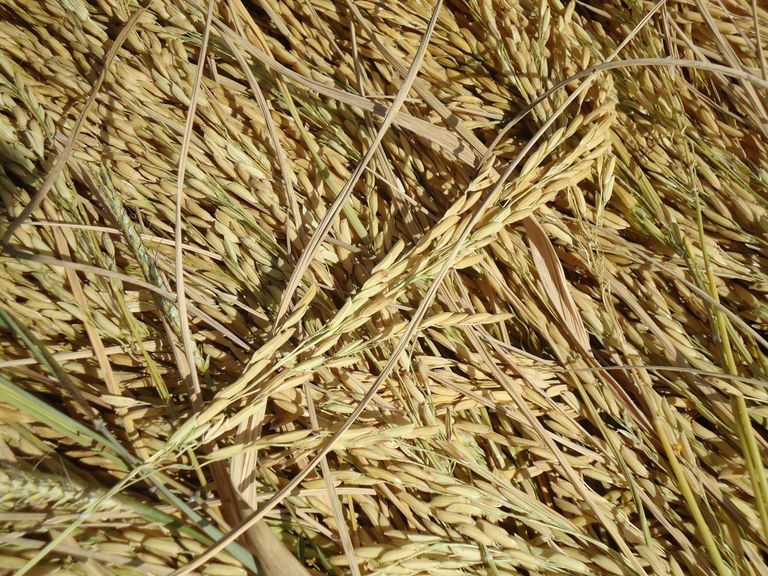
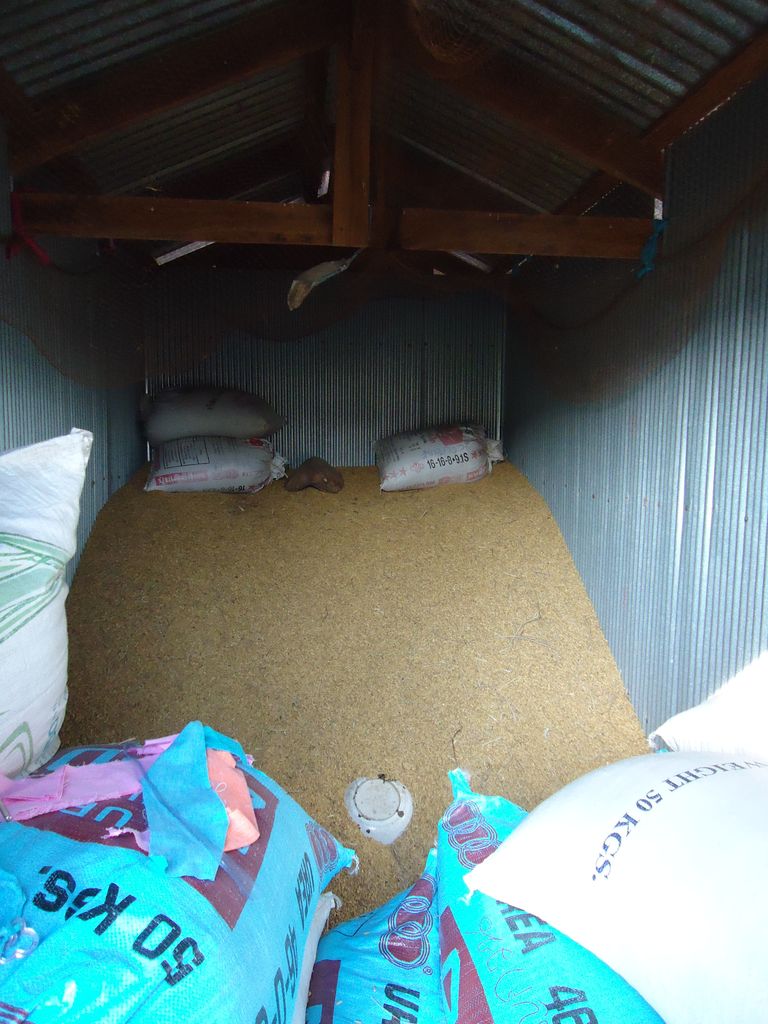

Congratulations, your post has been upvoted by @dsc-r2cornell, which is the curating account for @R2cornell's Discord Community.
Enhorabuena, su "post" ha sido "up-voted" por @dsc-r2cornell, que es la "cuenta curating" de la Comunidad de la Discordia de @R2cornell.